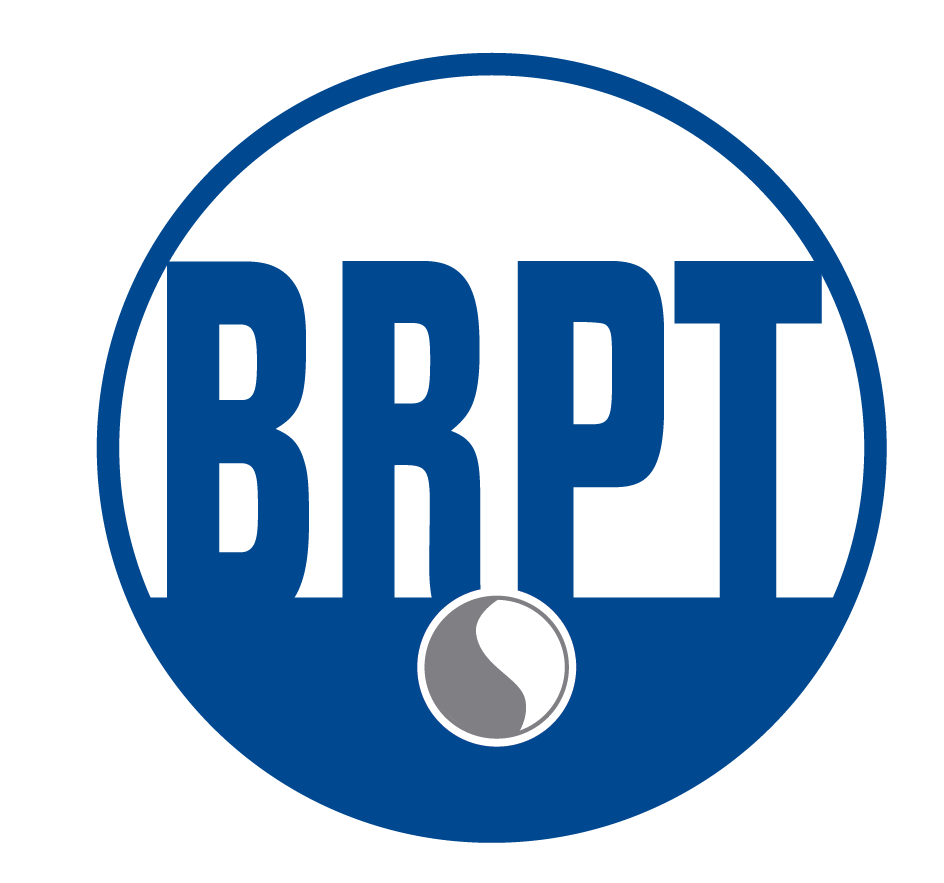RPSGT Exam Blueprint through 4/30/2018
The RPSGT examination consists of 175 multiple choice items. Of these, 150 items count toward the candidates’ scores and 25 are pretest items that are not scored.
General Knowledge Required:
Medical terminology, safety, verbal and written communication skills, ethics, patient confidentiality, basic patient care and emergency procedures, basic math skills and calculations, computer skills.
The Successful Candidate Will Have Knowledge Of:
Sleep disorders and diagnostic criteria, sleep related co-morbidities, anatomy and physiology, neurophysiology, cardiac physiology, respiratory physiology, sleep physiology, scoring rules, practice parameters, testing procedures, medications and over-the-counter products, basic knowledge of computers, EEG waveform morphology, instrumentation, intervention/treatment/therapy modalities, treatment modalities.
DOMAIN 1: STUDY PERFORMANCE/INSTRUMENTATION » 40%
TASK A: Collect and review patient information » 3-7%
- Clinician’s orders
- History and physical
- Medications
- Patient interview
- Questionnaires
- Patient accommodations
- At-risk patients
TASK B: Prepare for the procedure » 2-5%
- Patient/family orientation and expectations
- Equipment
- Supplies
- Montages
TASK C: Identify and apply sensors » 2-3%
- Anatomically appropriate locations
- Site preparation and application
- Impedance verification
TASK D: Calibrate » 2-3%
- Recording device
- Ancillary equipment
- Physiologic verification
TASK E: Perform Procedures » 13-20%
- Adult test protocols
- Pediatric test protocols
- Multiple Sleep Latency Test (MSLT)
- Maintenance of Wakefulness Test (MWT)
- Unattended portable monitoring
TASK F: Document during testing » 2-3%
- Observations at regular intervals
- Significant findings
- Waveform variations
- External disrupting influences
- Interventions
TASK G: Identify and respond to issues » 7-13%
- Artifacts
- Equipment malfunction
- Recording parameters
- Physiologic/clinical events
- Emergencies
- Patient needs
TASK H: Clean/disinfect equipment » <1%
DOMAIN 2: SCORING AND DATA PROCESSING » 20% |
TASK A: Adult and Pediatric Scoring » 12-13%
- Sleep stages
- Arousals
- Spontaneous
- Event associated
- Respiratory events
- Desaturations
- Movements
- Cardiac events
- Verify accuracy of scored data
TASK B: Reporting » 5-8%
- Calculations
- Graphic summary (e.g., histogram)
- Narrative summary
- Abnormal behavior
- Create report and verify accuracy
TASK C: Archive data <1%
DOMAIN 3: PERFORM THERAPEUTIC TREATMENT AND INTERVENTION » 30%
TASK A: Contraindications » 2-3%
TASK B: Titrate PAP and oxygen » 25-27%
- Adult/pediatric therapy guidelines
- Proper mode of intervention
- Intentional leak levels
- Appropriate PAP interface
- Patient acclimation
- Proper interface fit
- Troubleshooting
- Interface intolerance
- Pressure intolerance
- Humidification
TASK C: Alternative therapies » <1-2%
DOMAIN 4: THERAPY ADHERENCE AND MANAGEMENT » 10%
TASK A: Healthy sleep habits » 1-3%
TASK B: Importance of therapy » 1-3%
TASK C: Physiology of OSA » 2-4%
TASK D: Mechanics of PAP therapy » 2-4%
TASK E: Desensitization techniques » 1-3%
TASK F: Compliance » 1-3%
